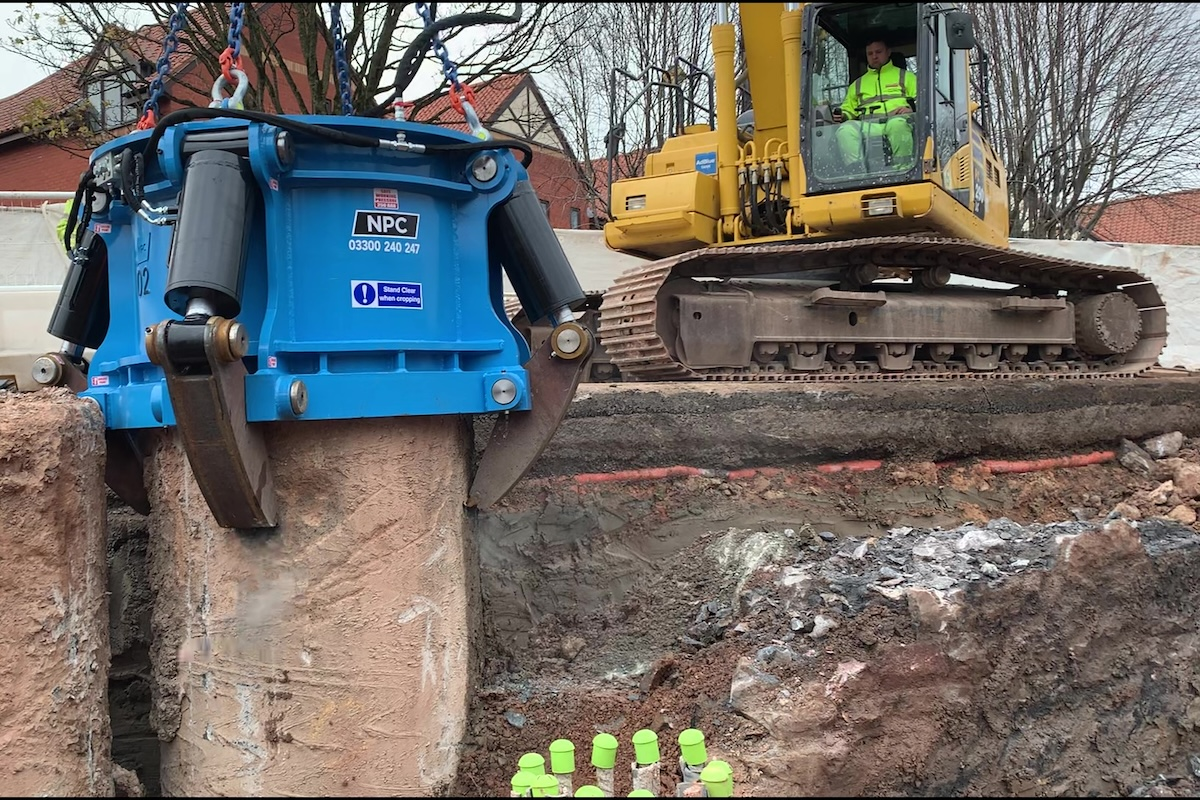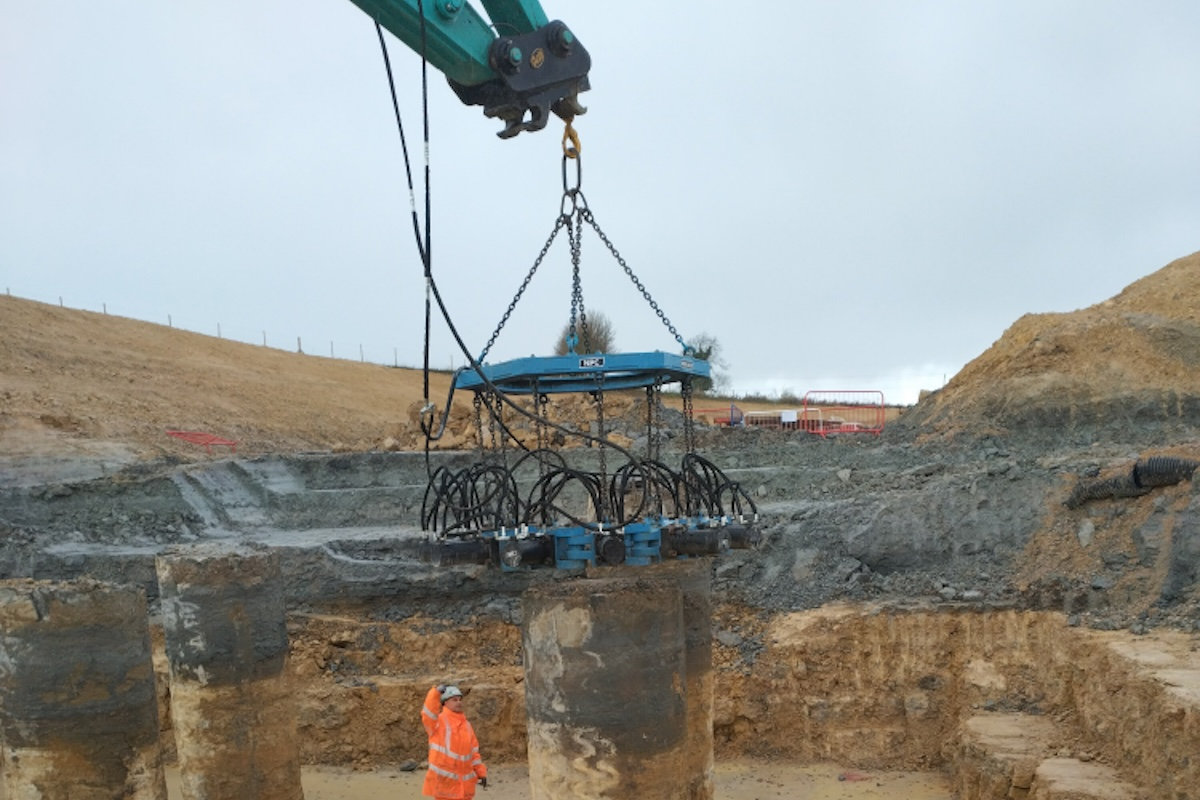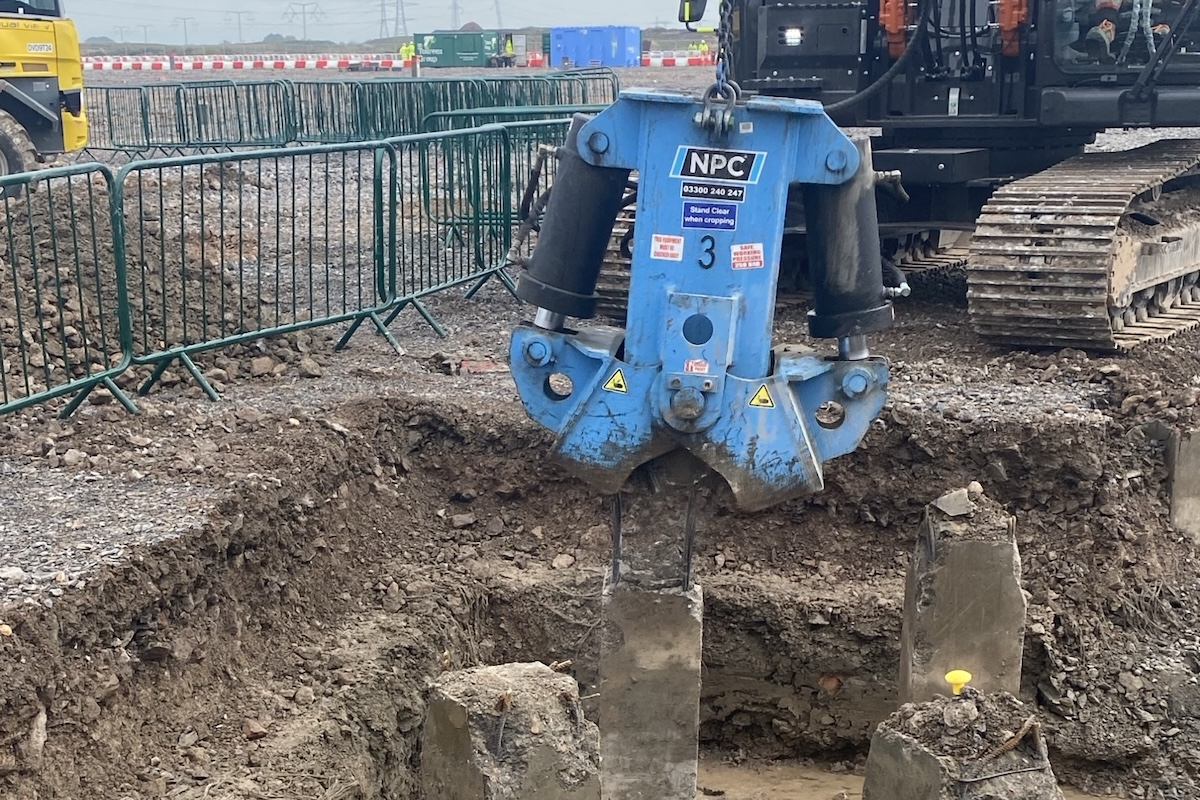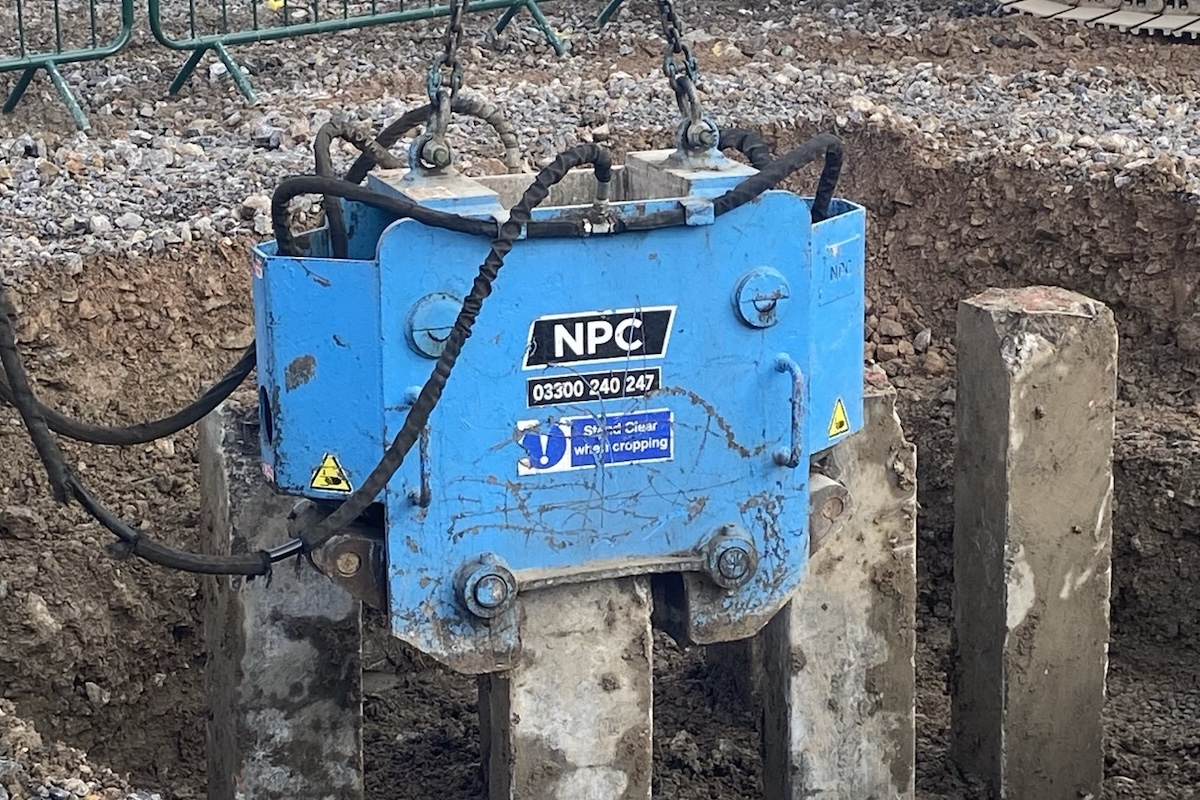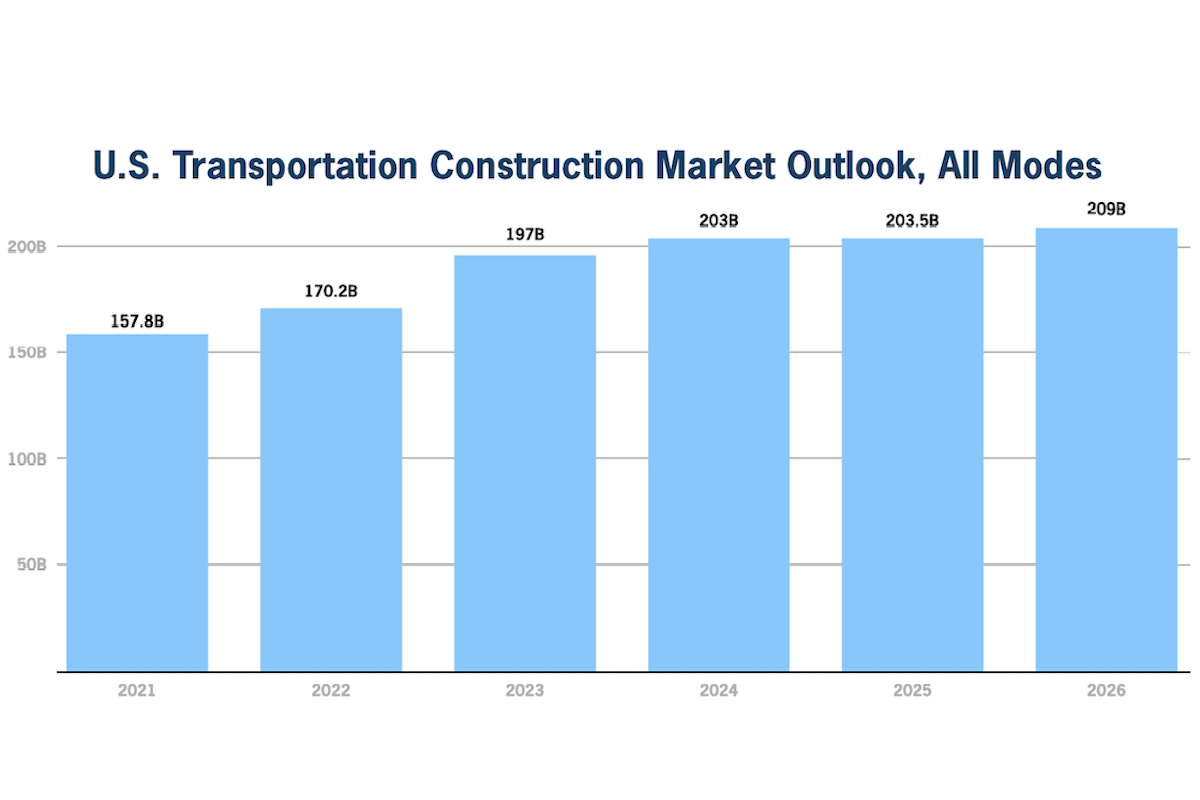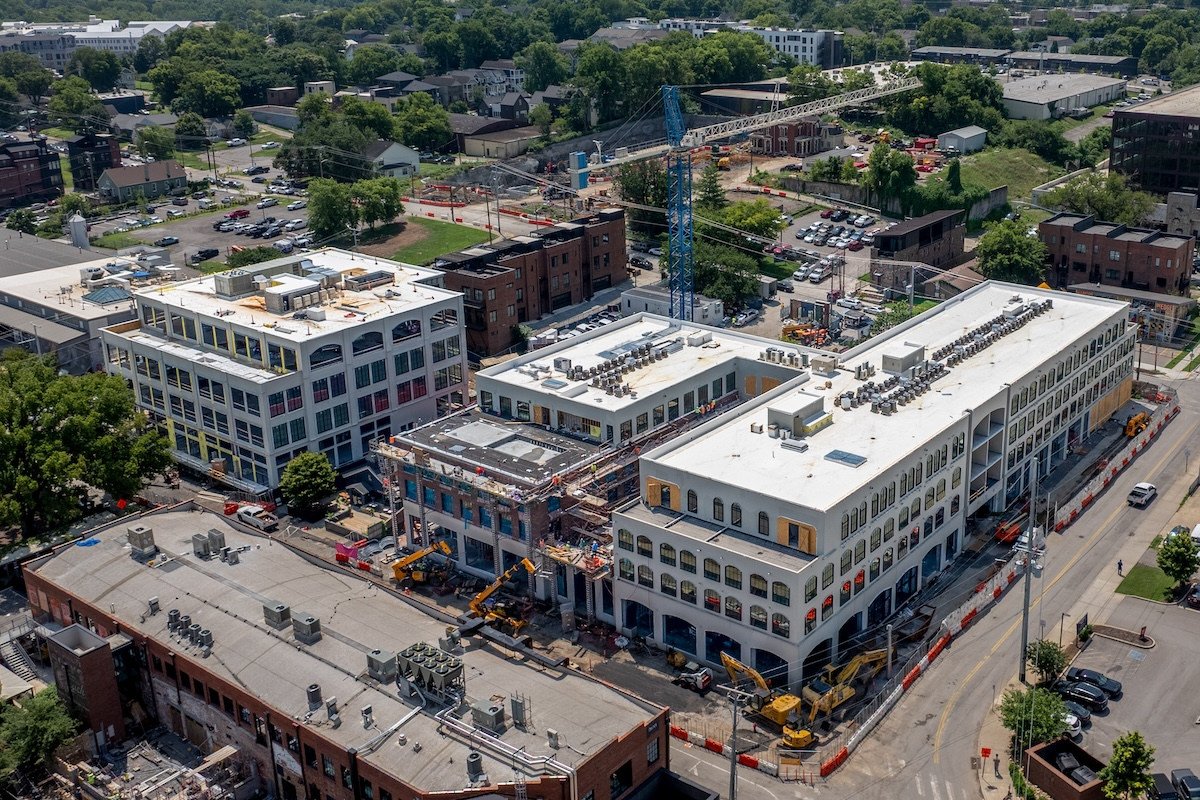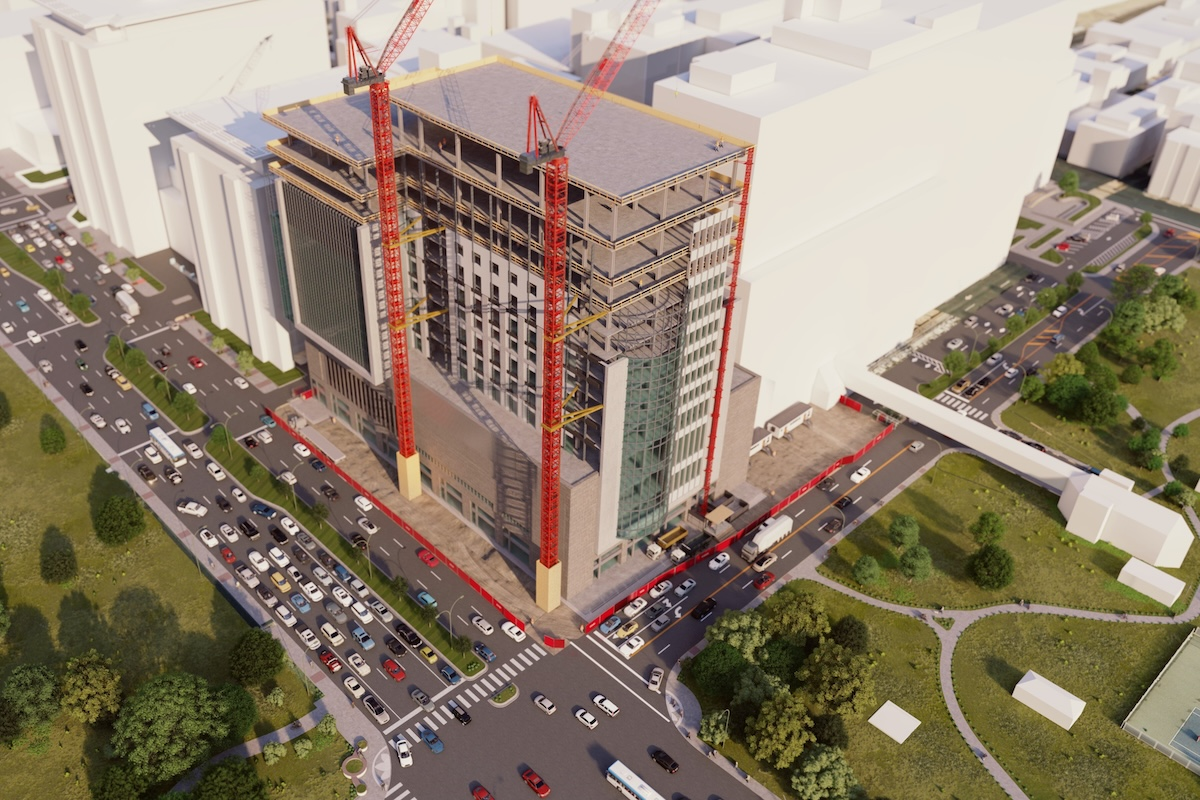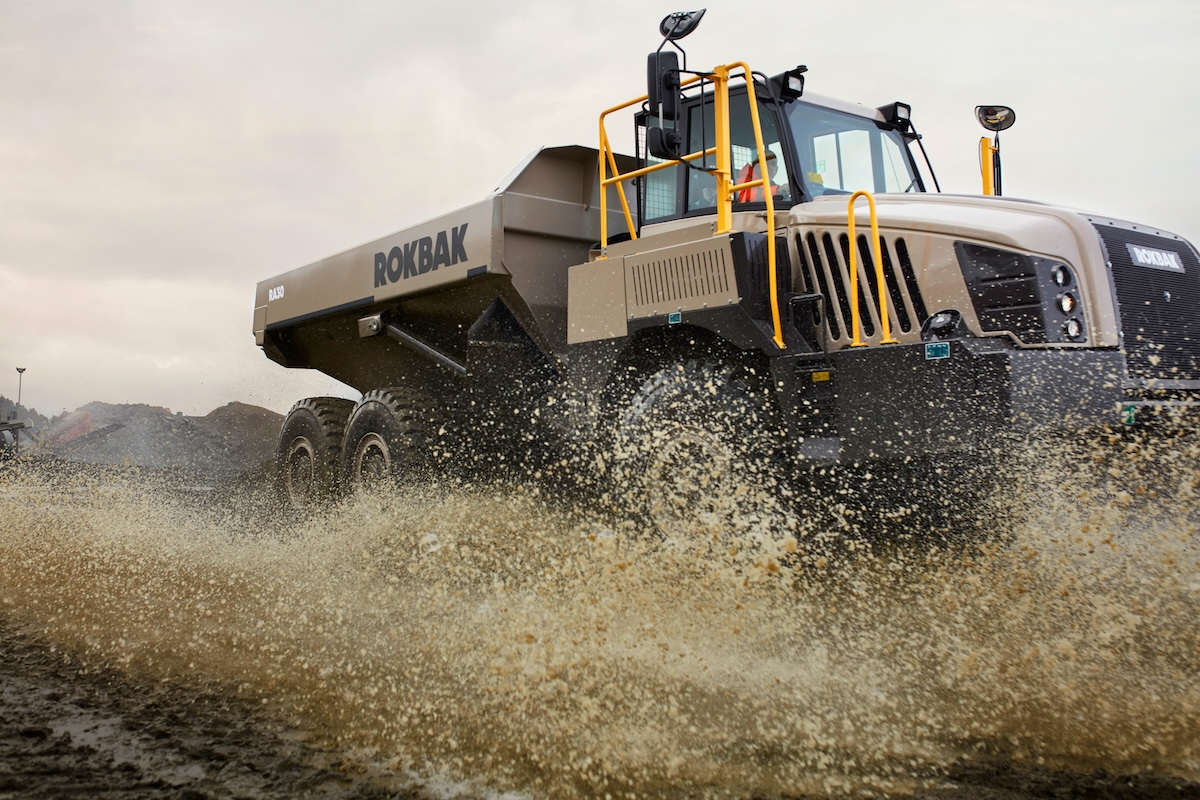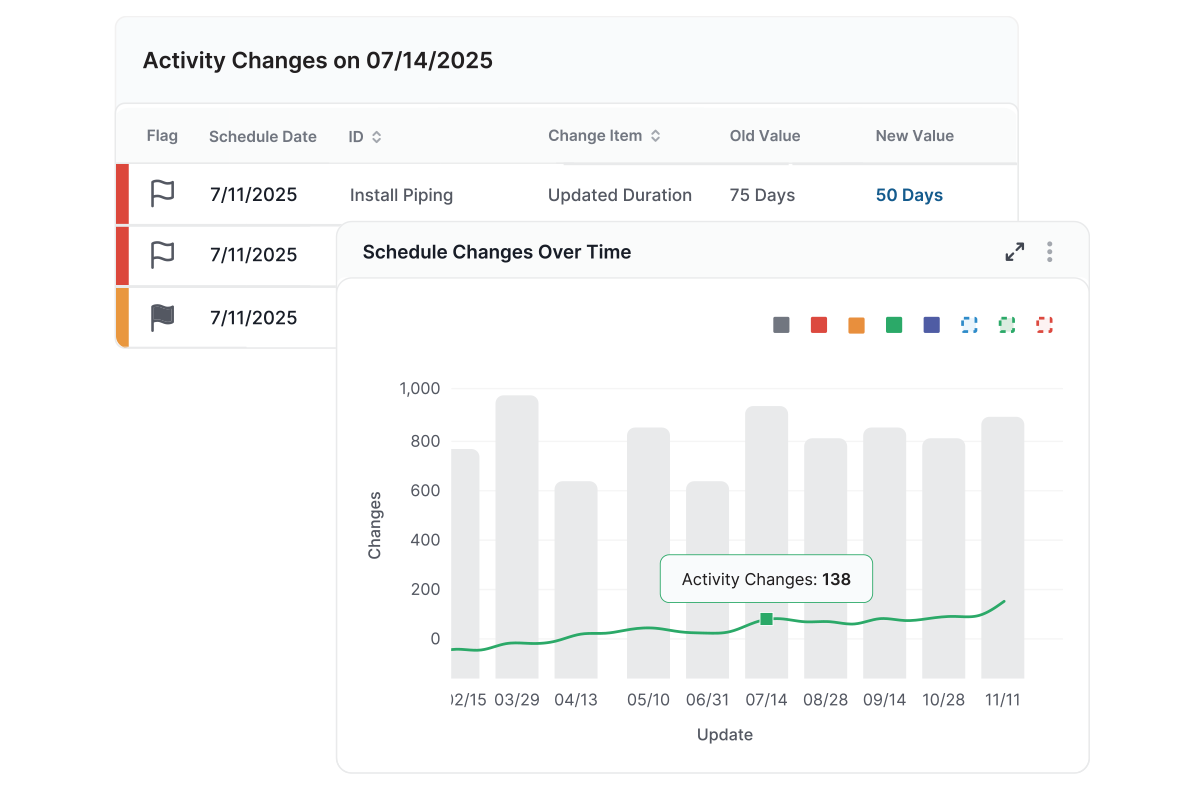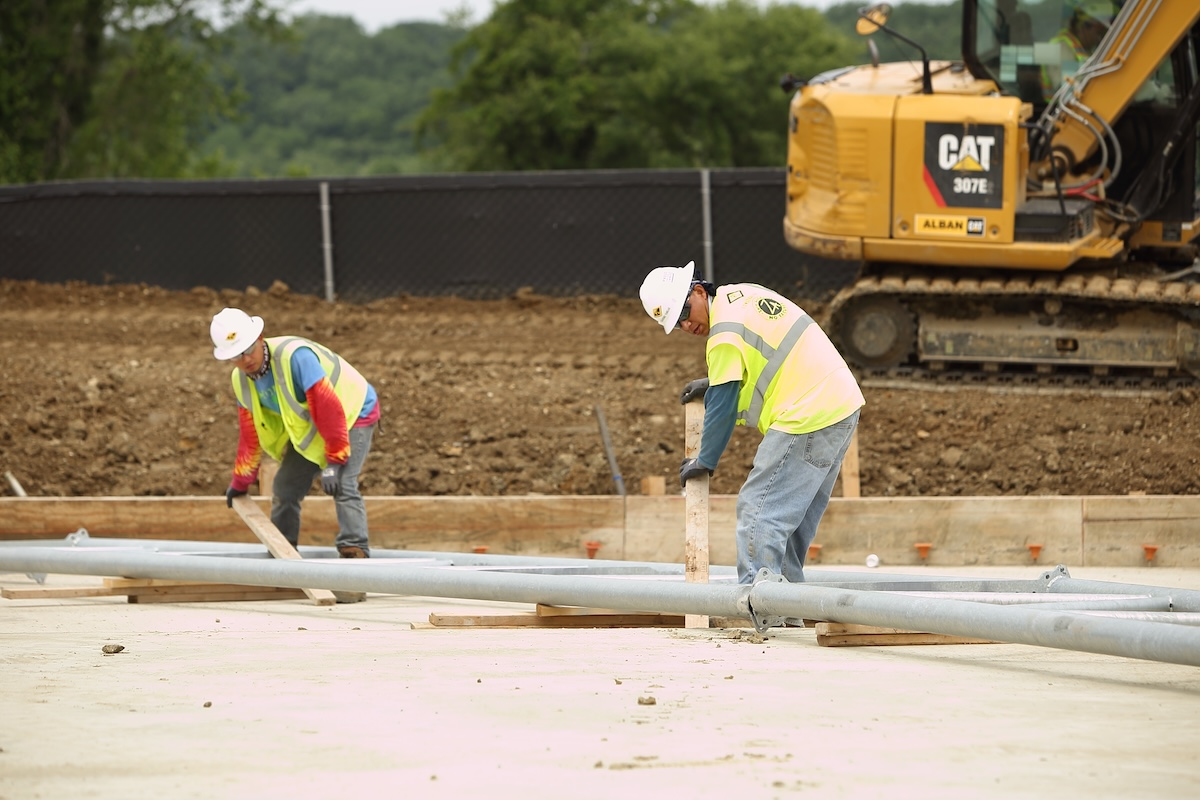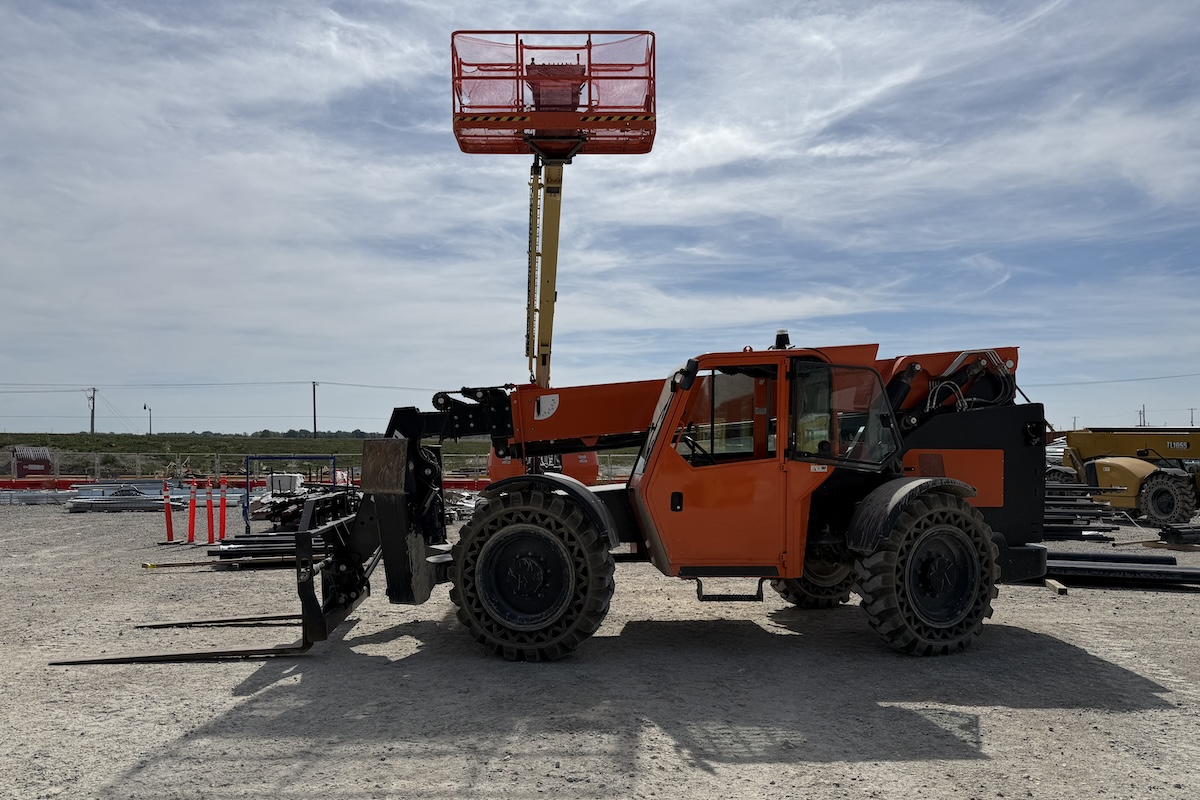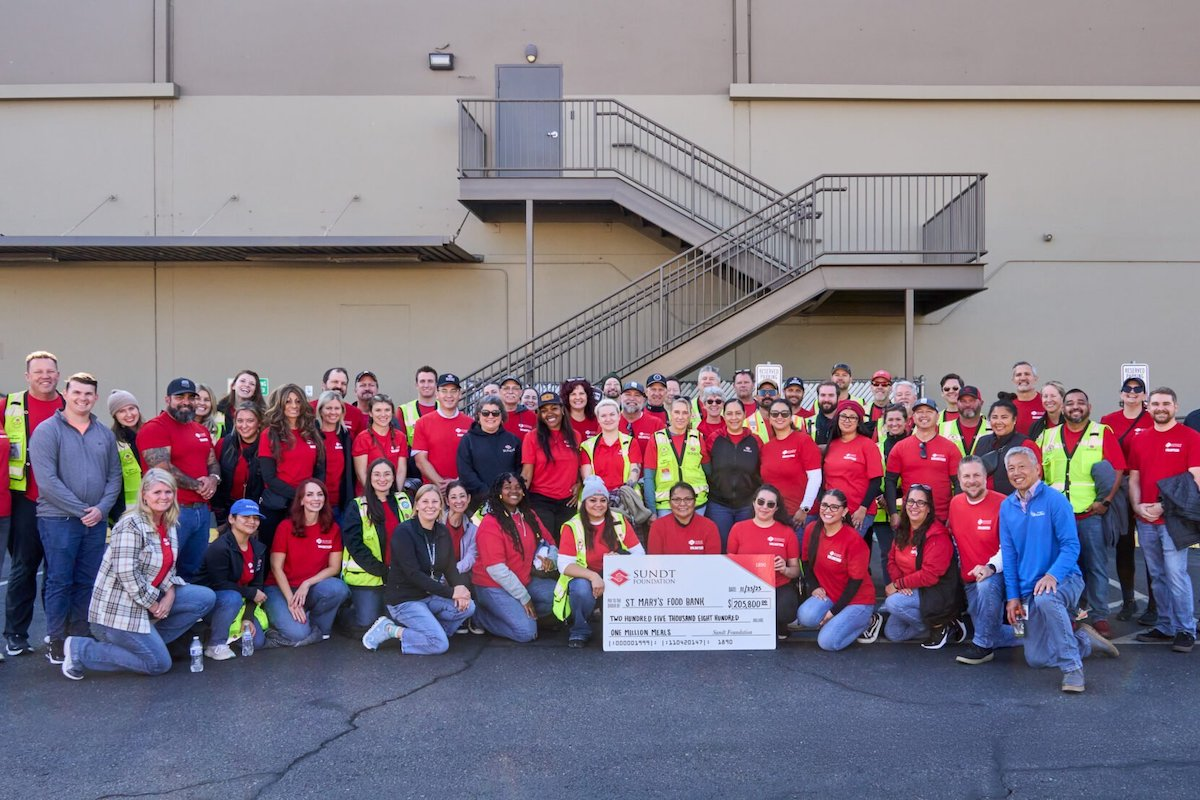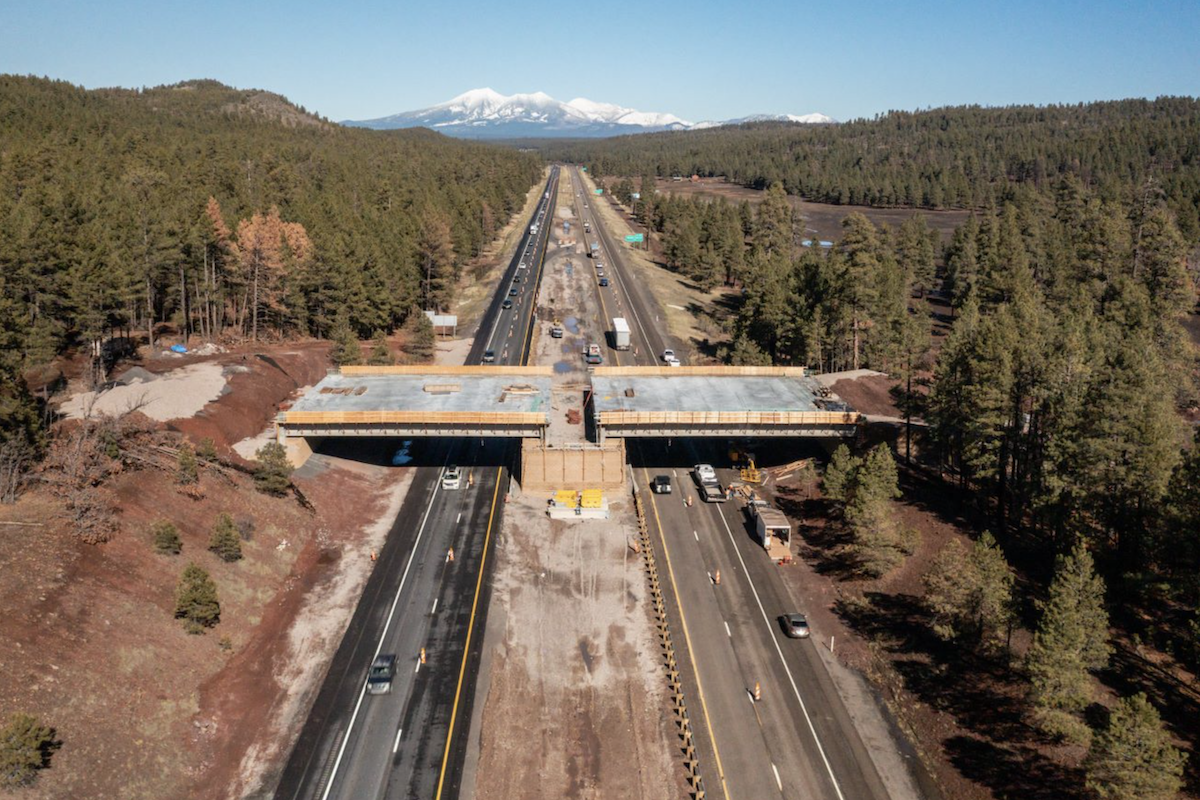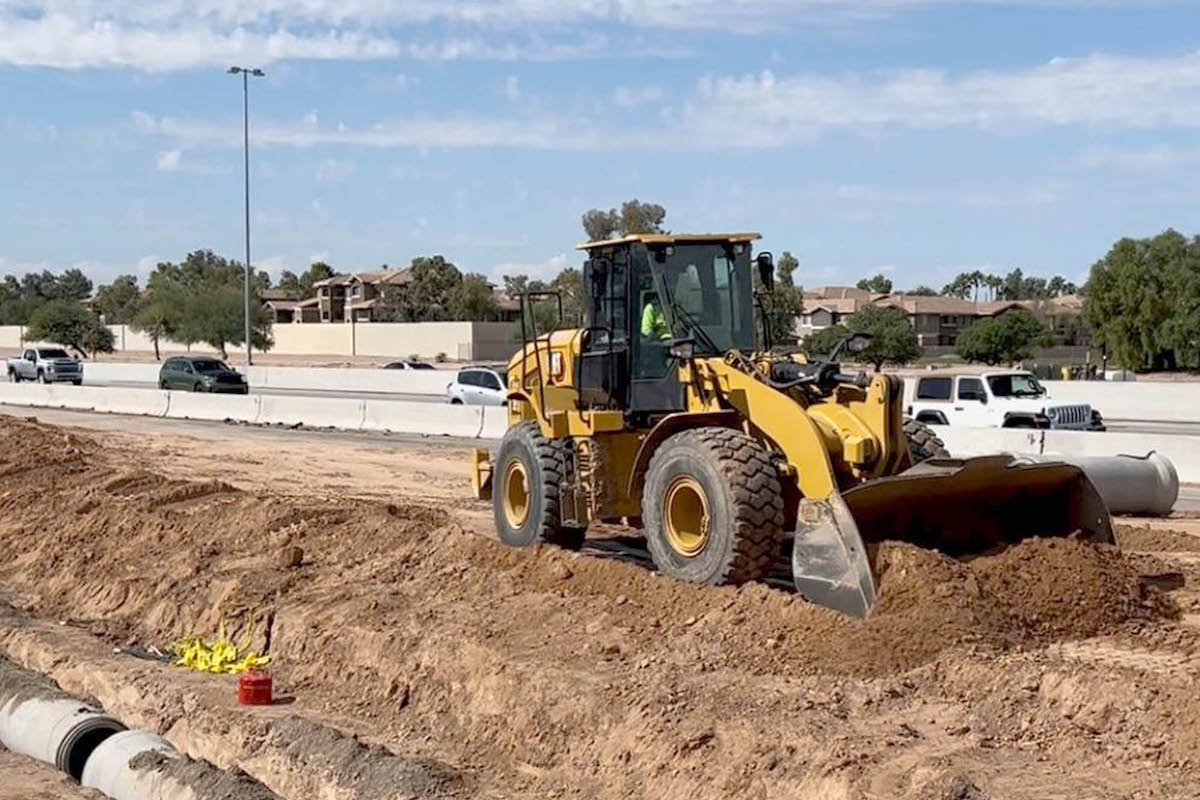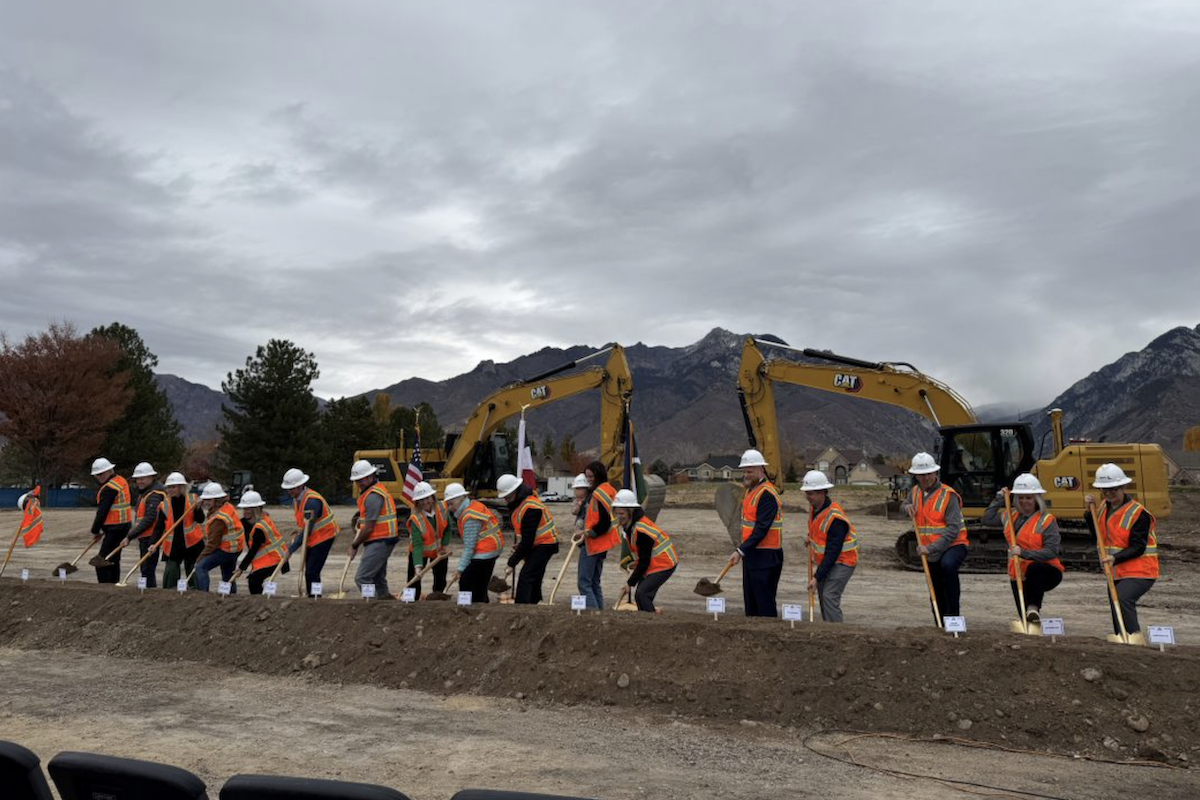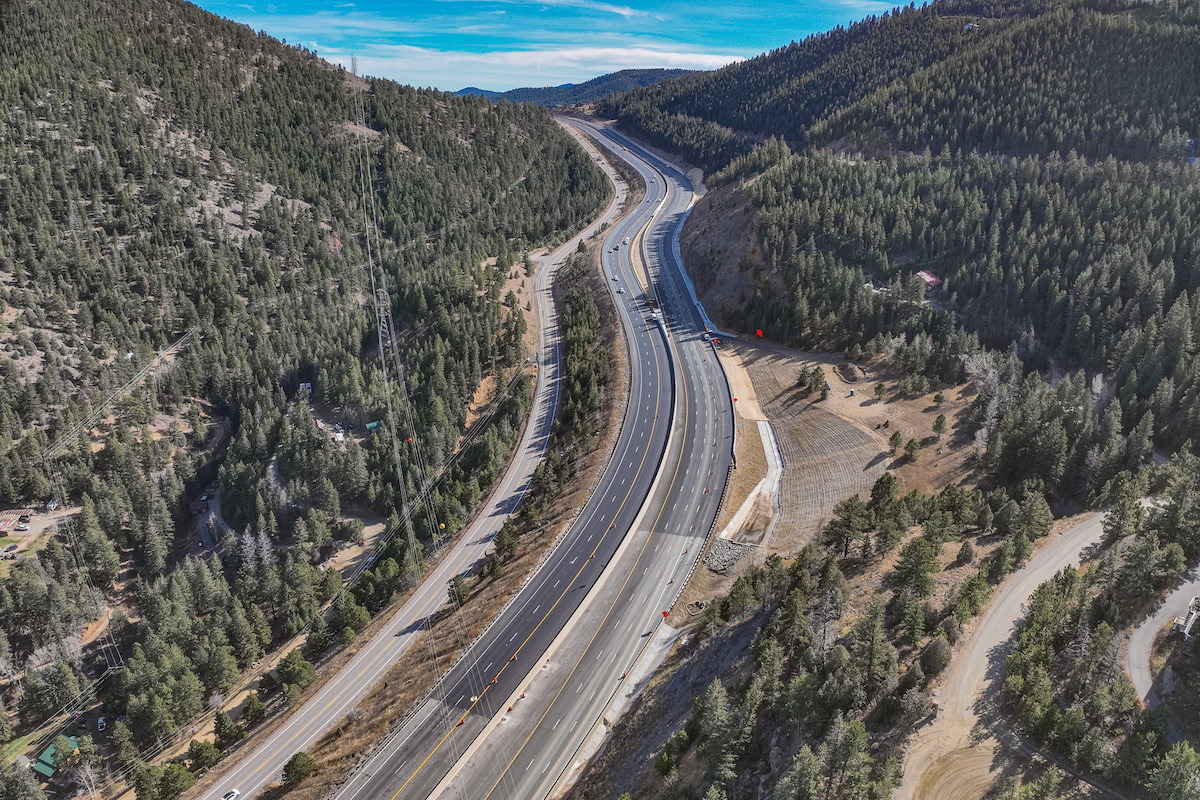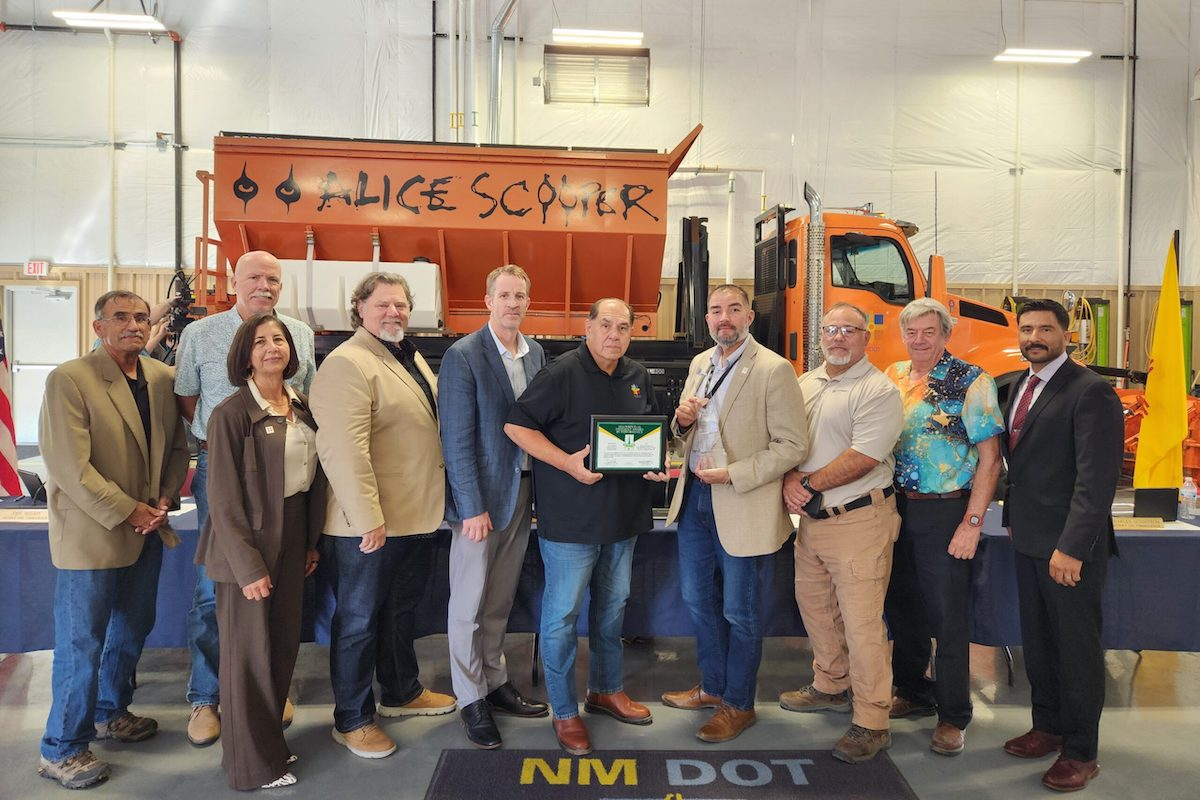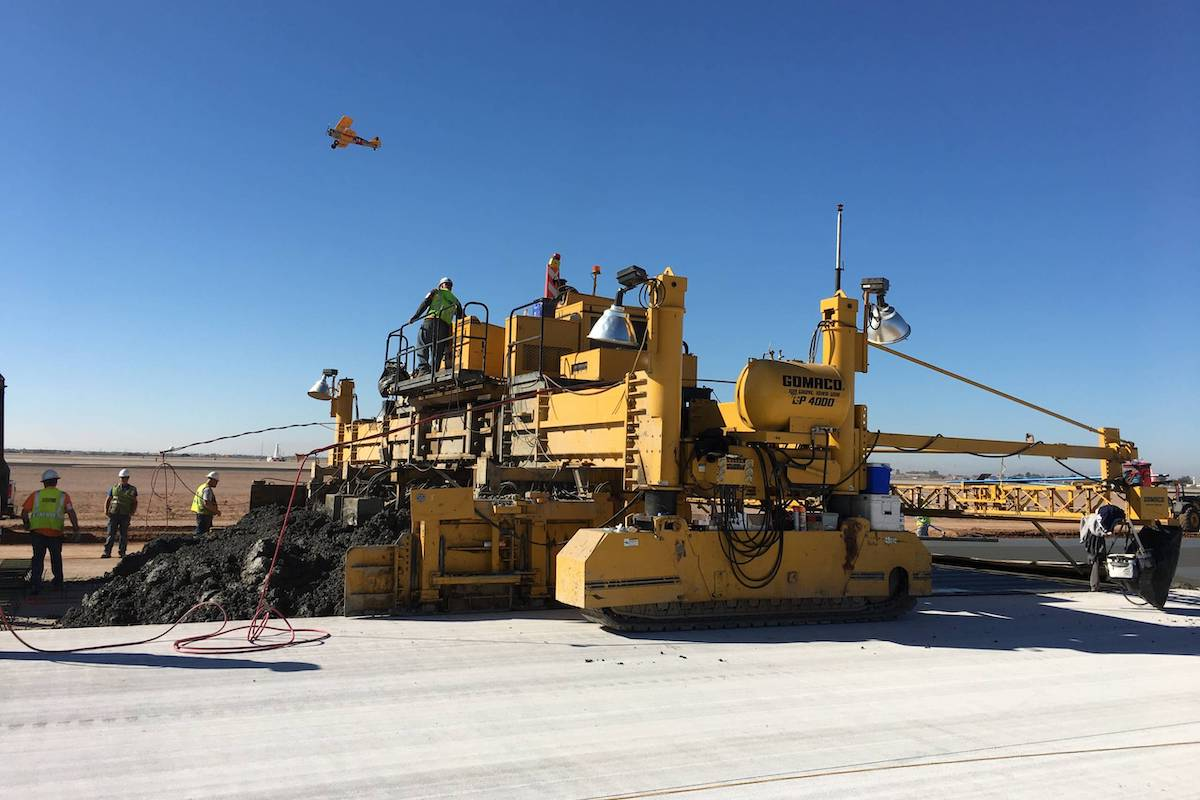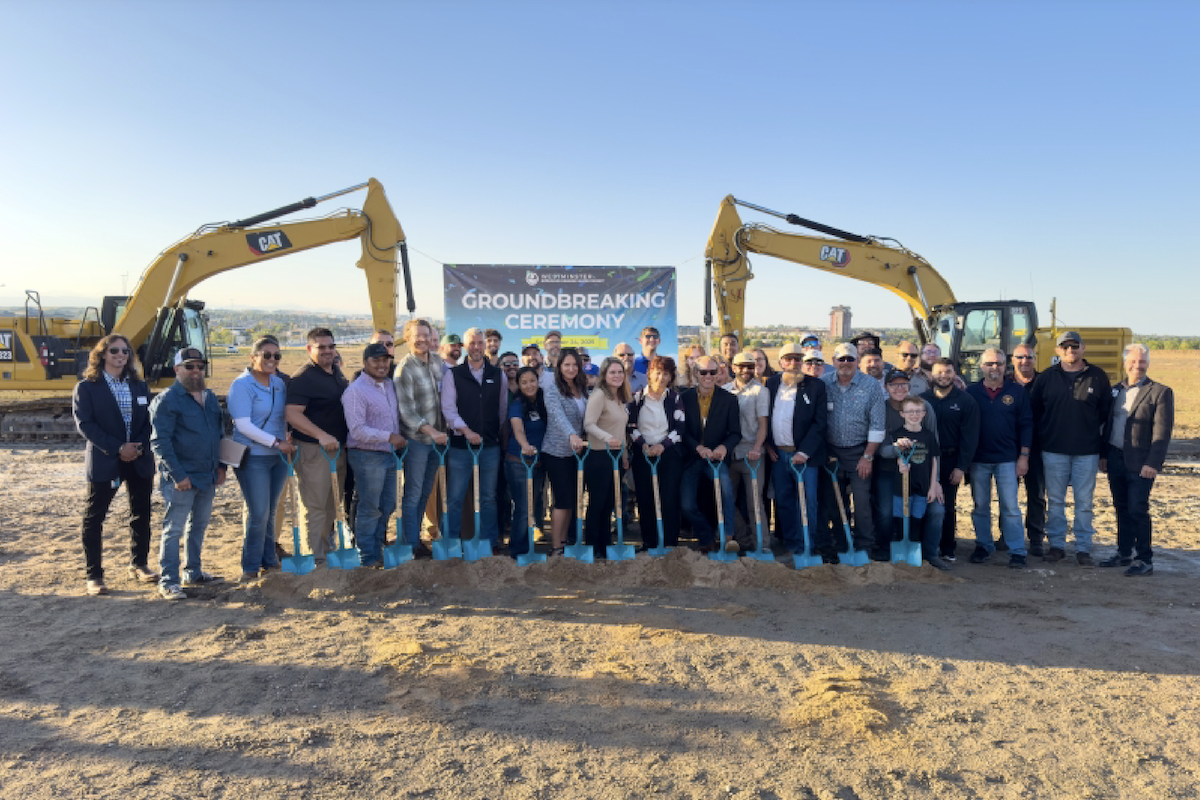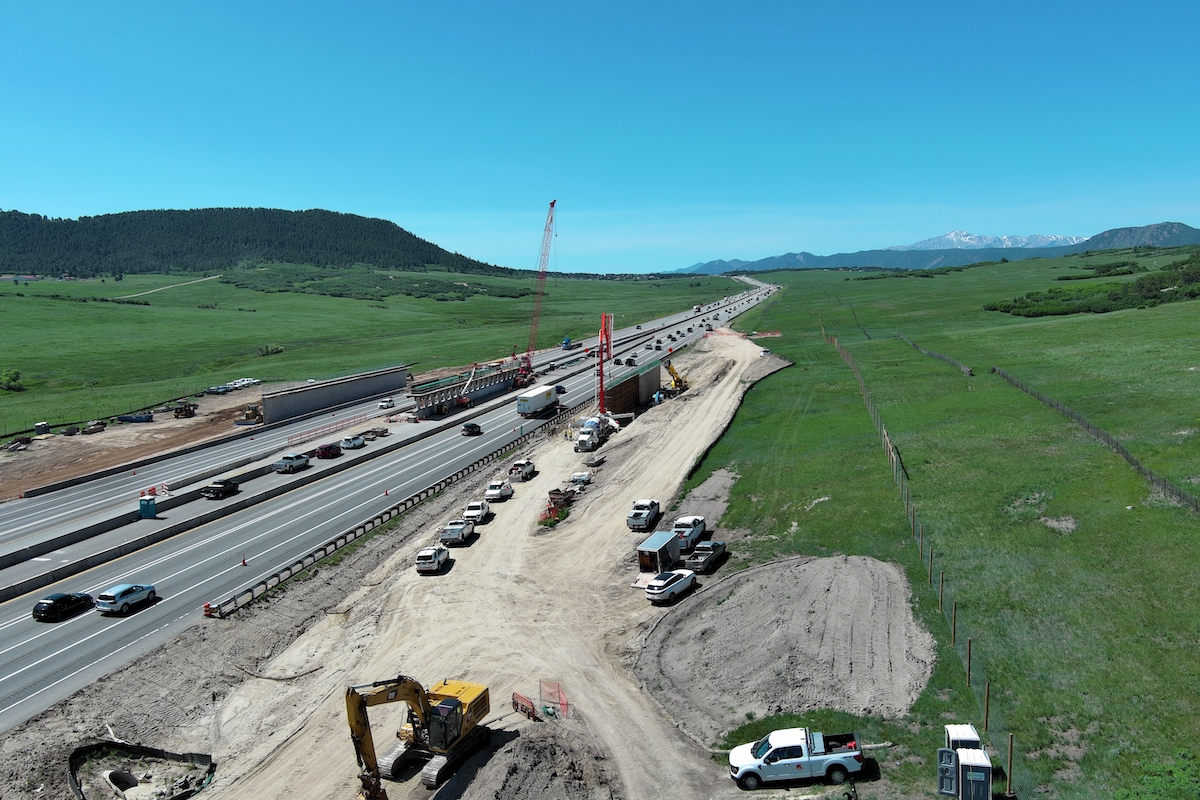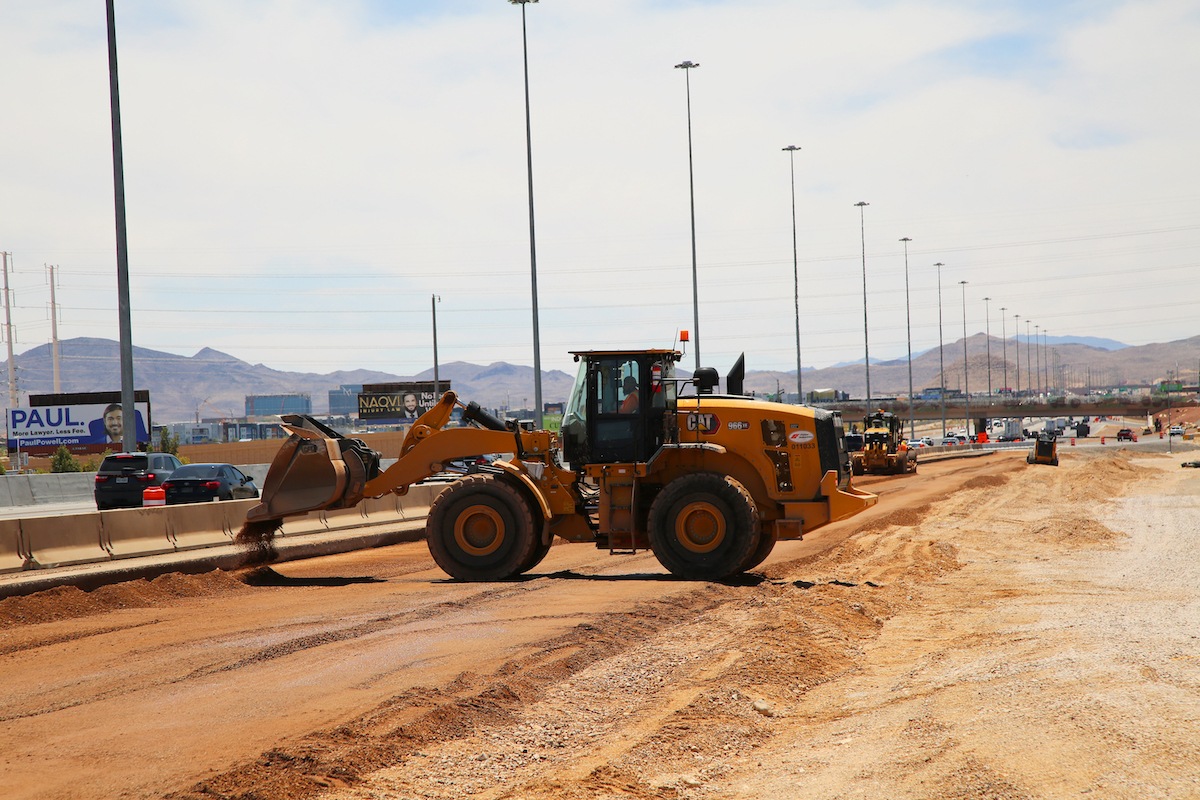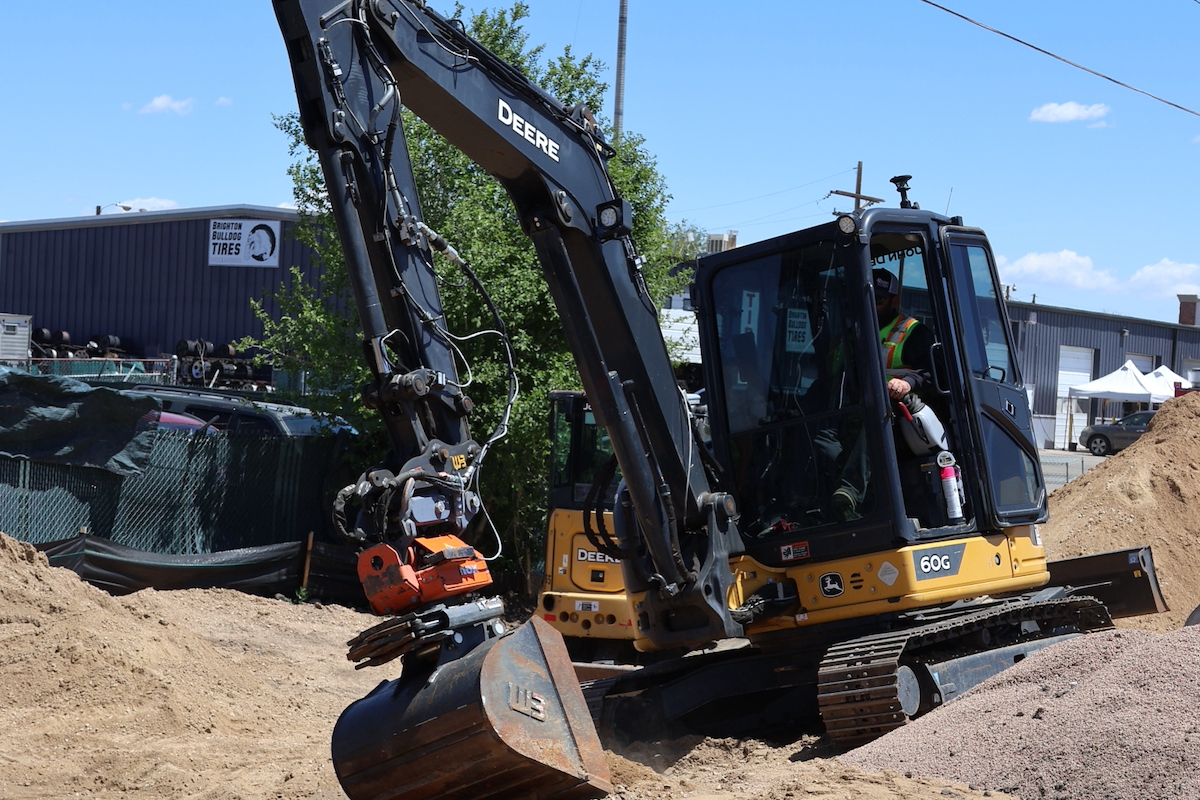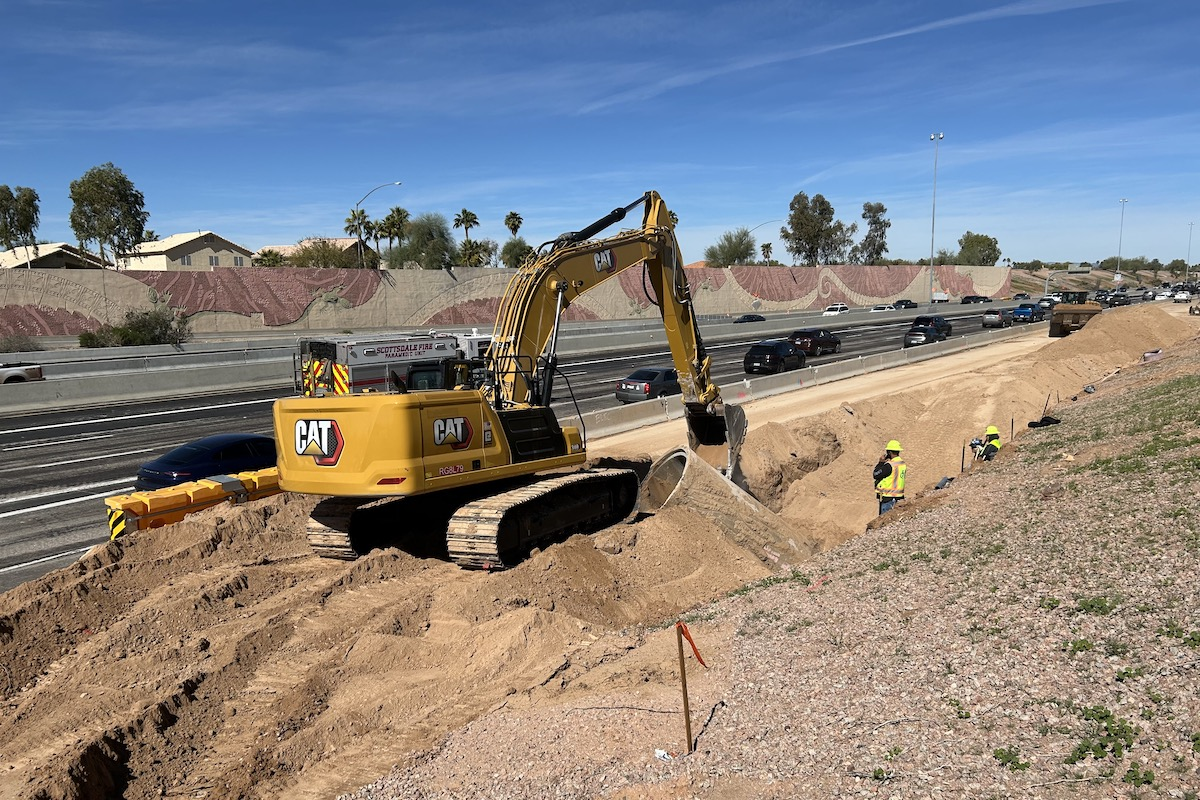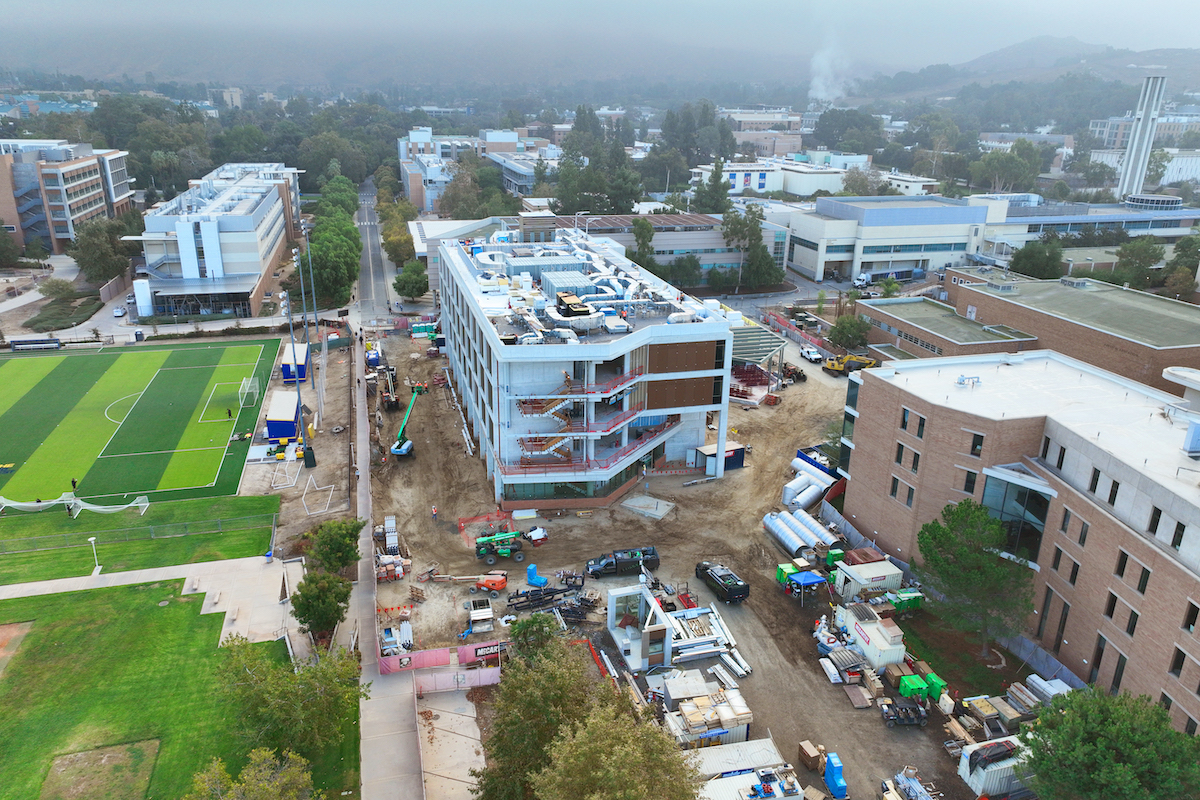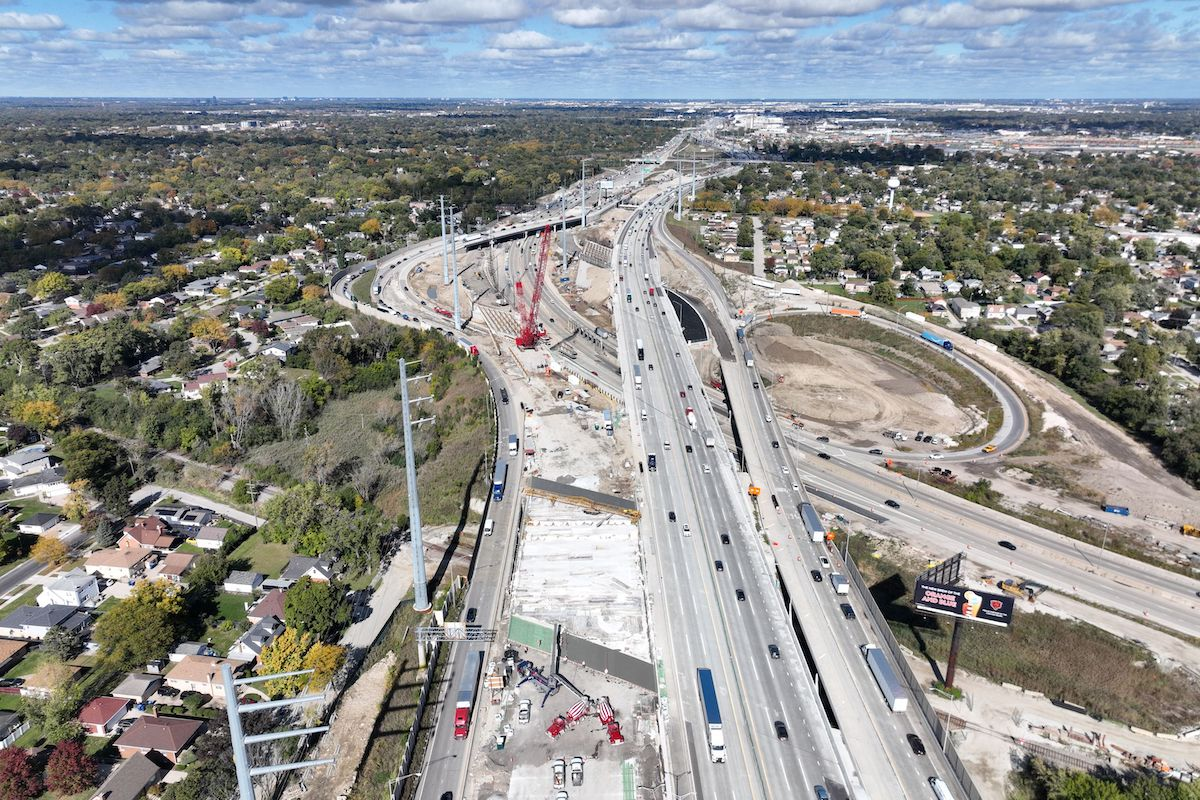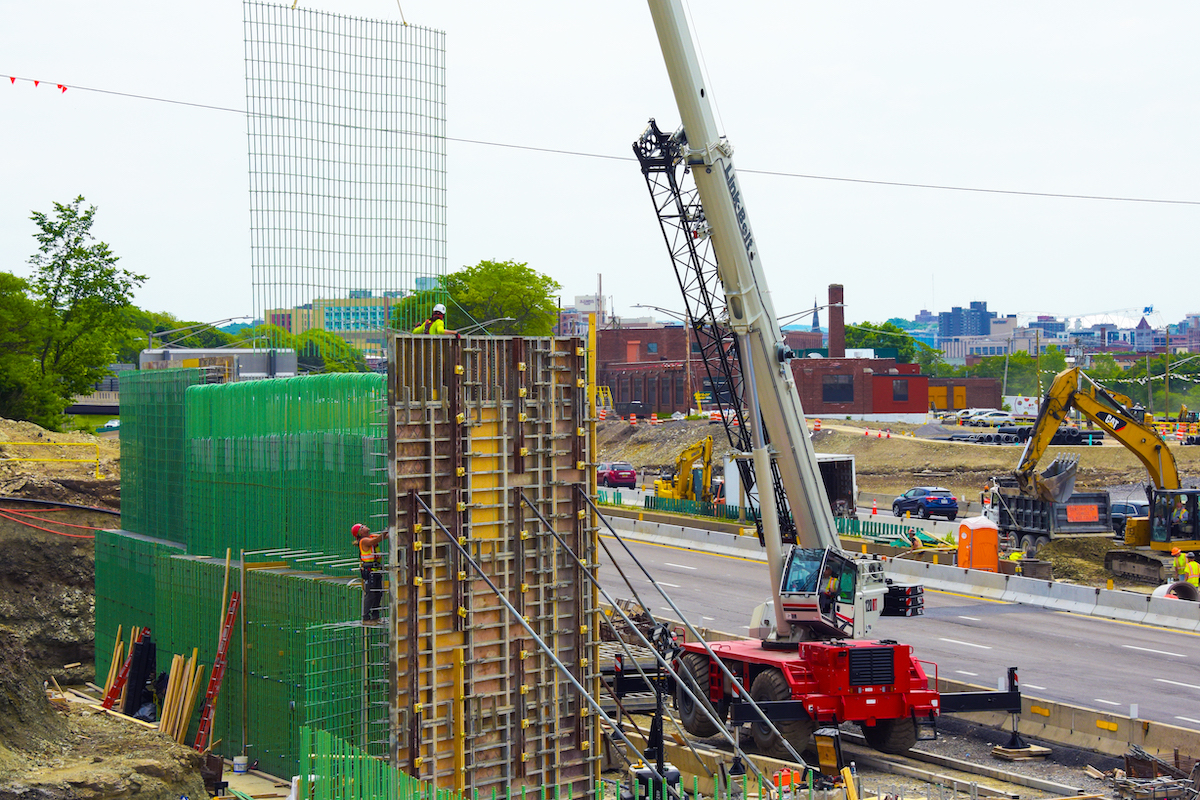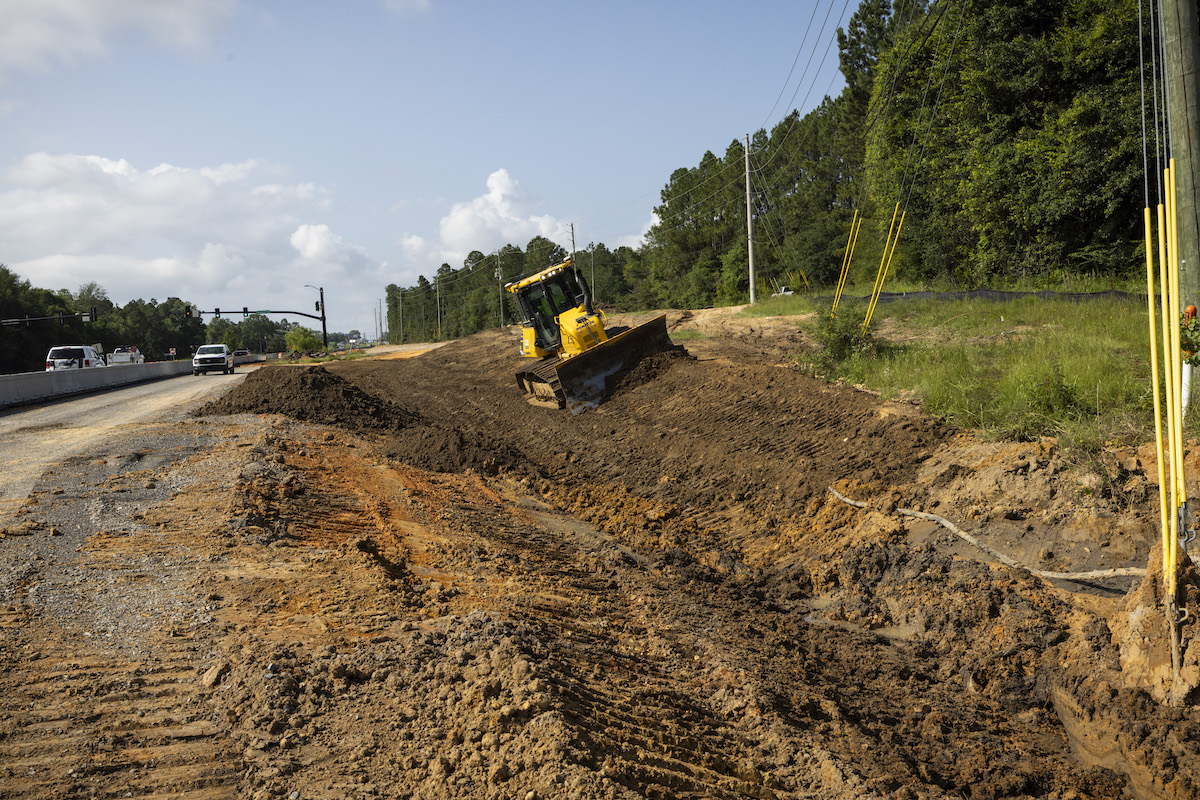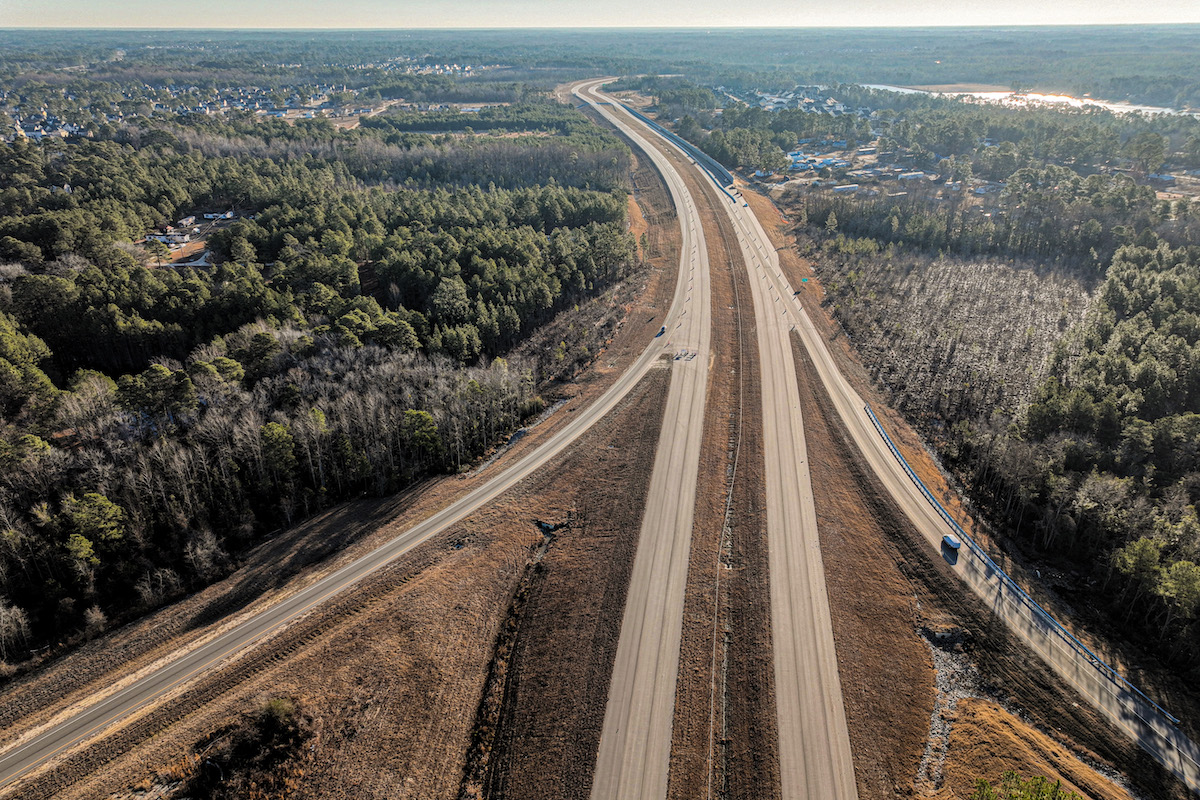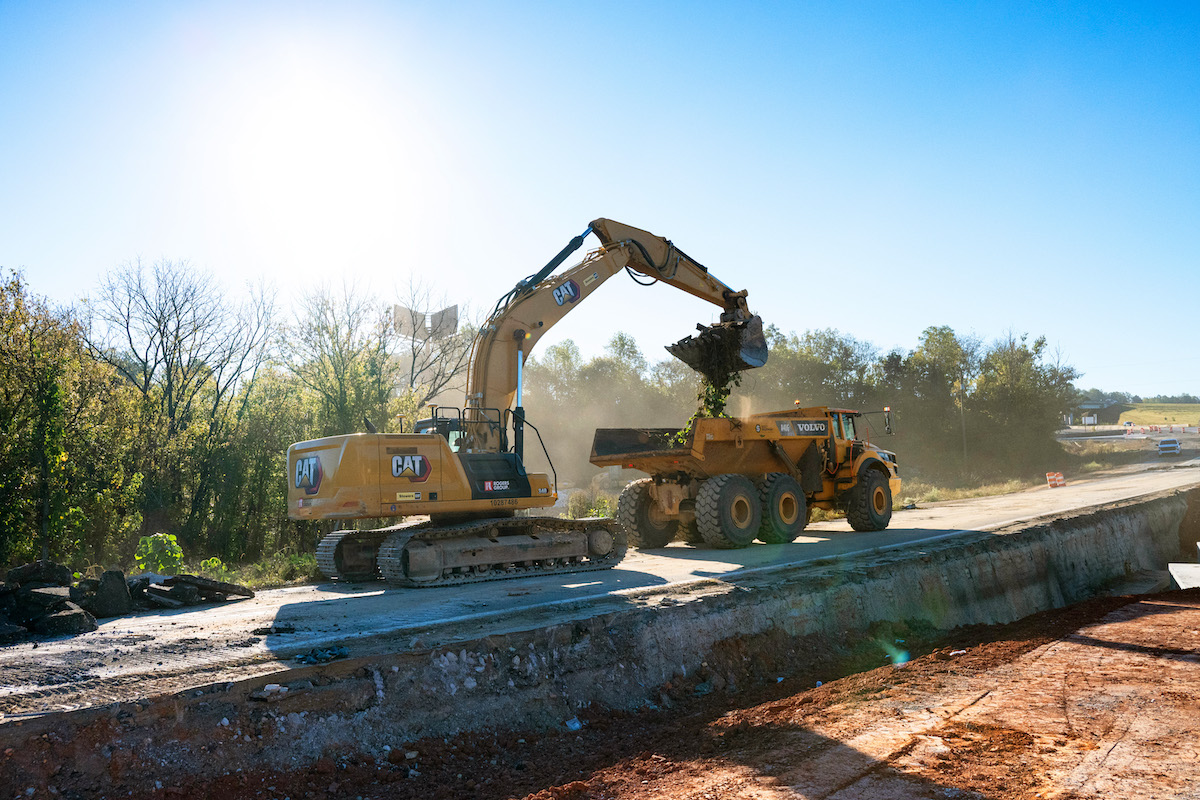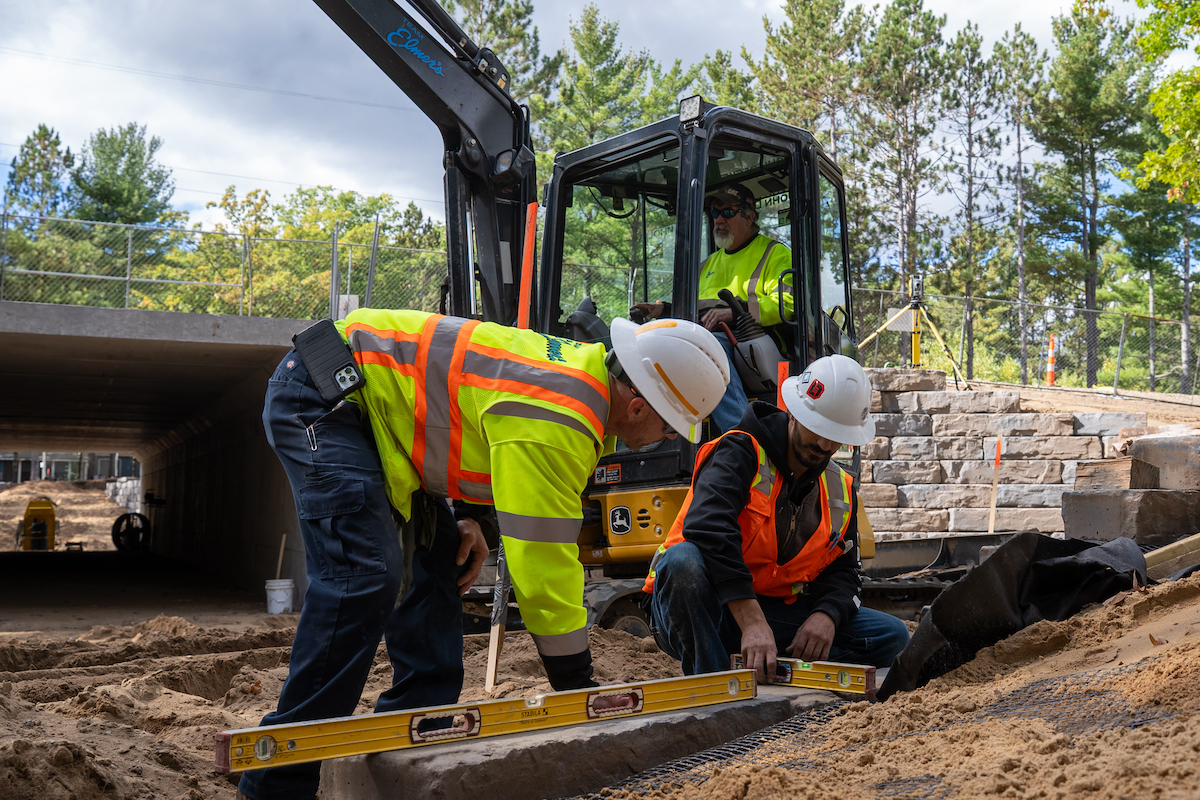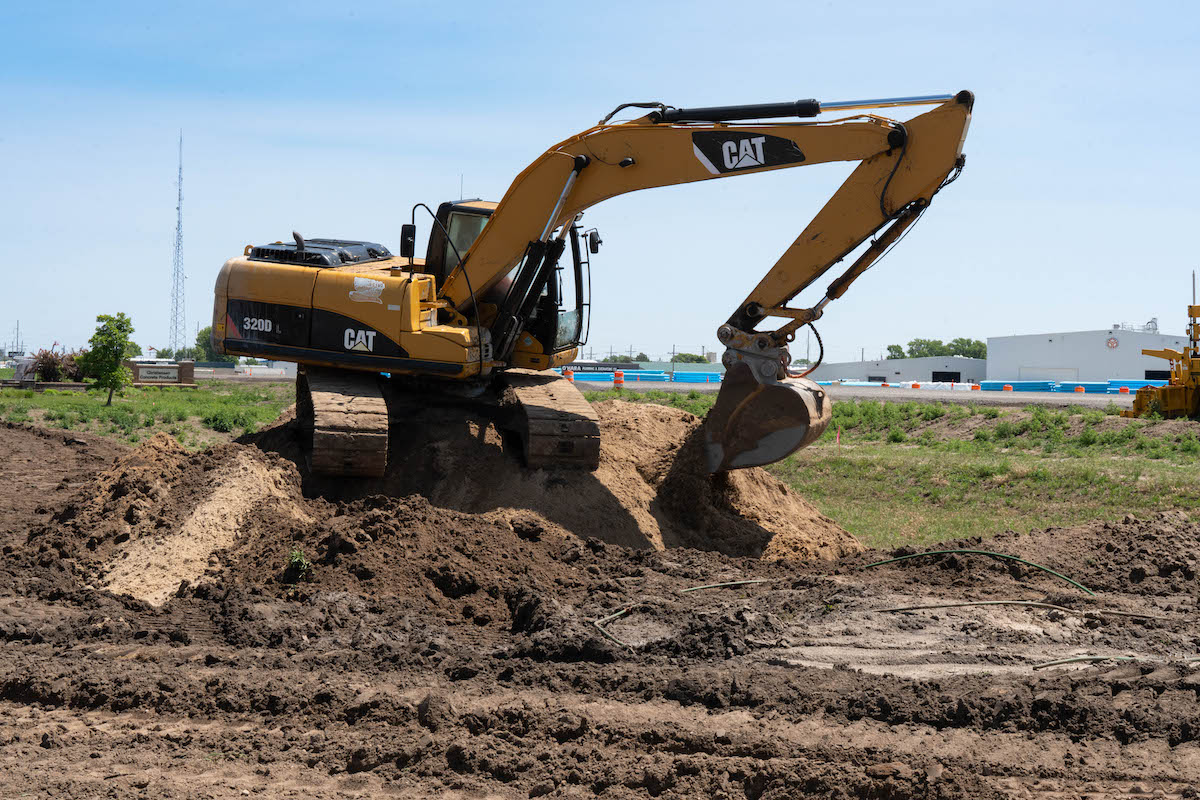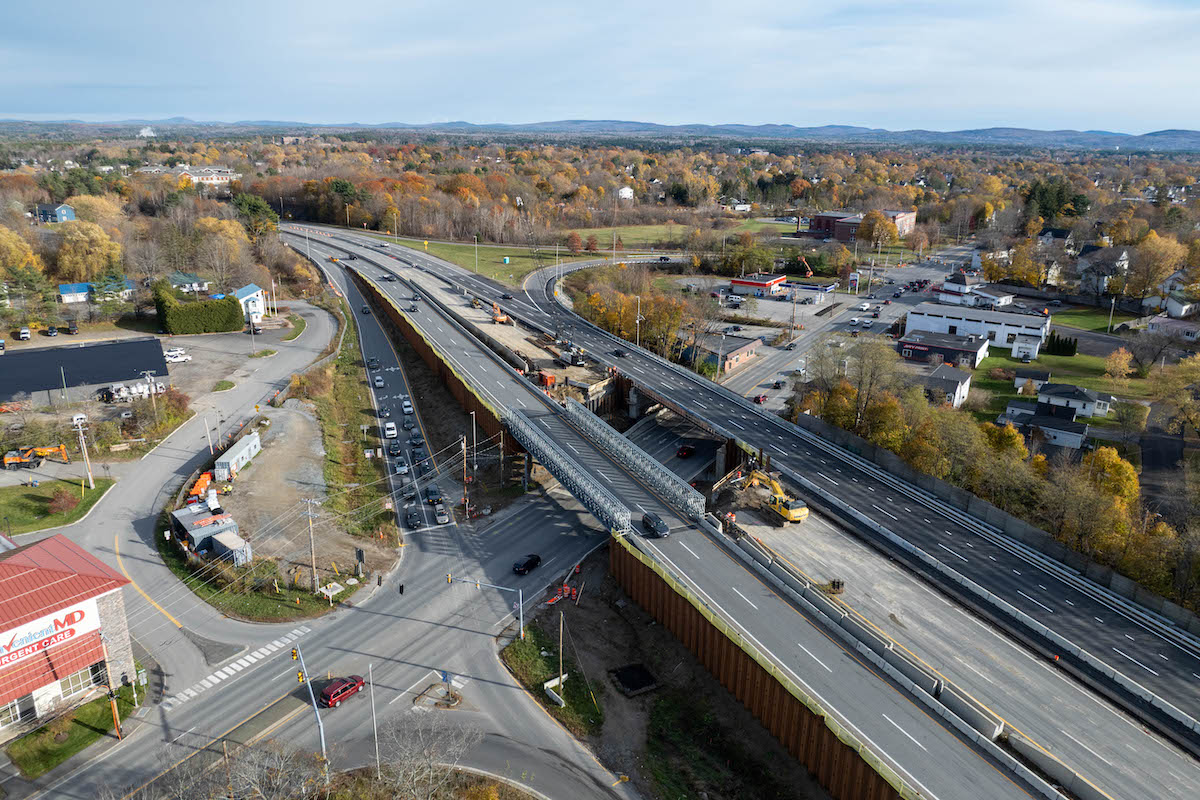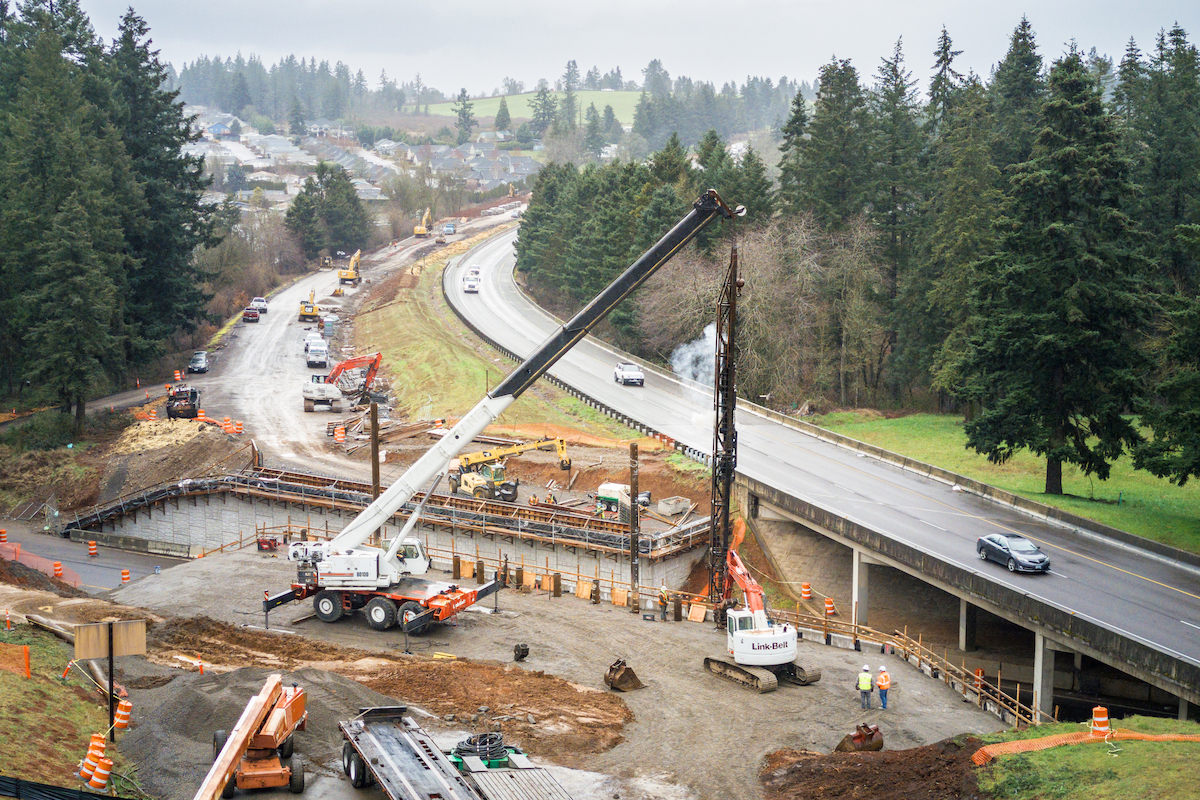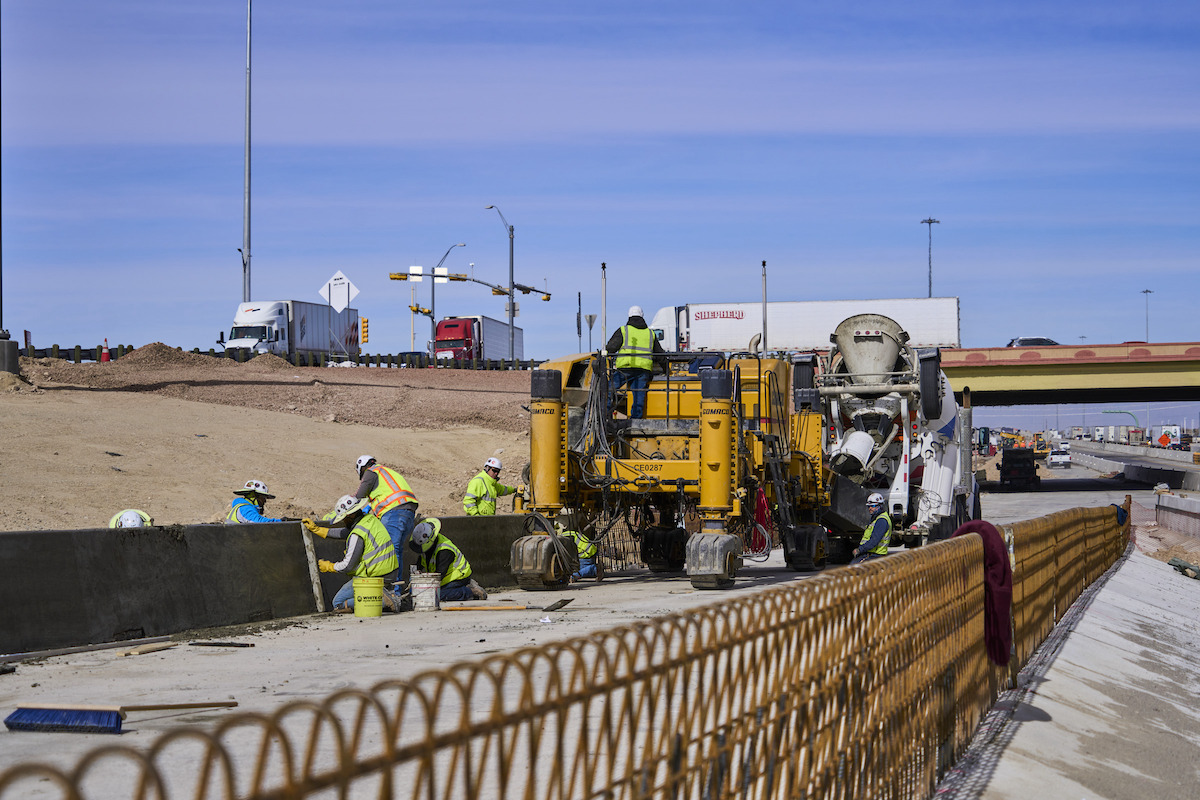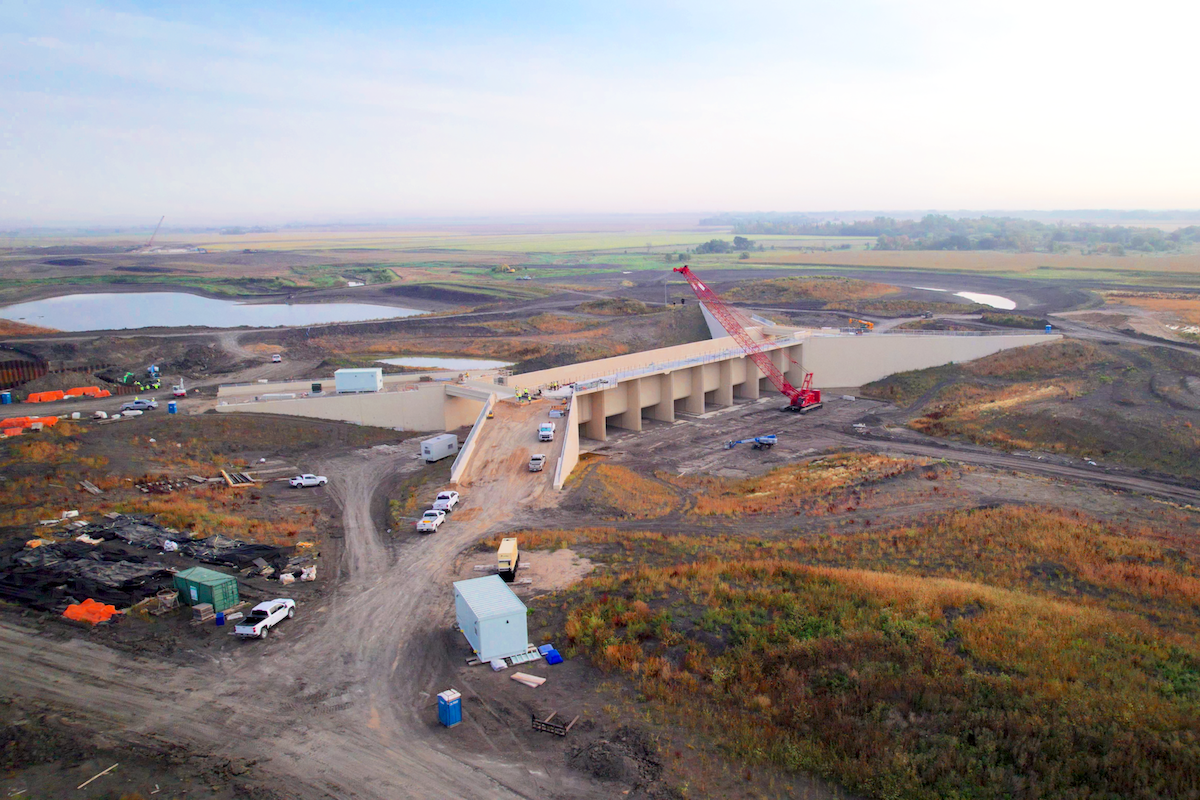In recent years, the construction and civil engineering industries have seen a quiet revolution in how concrete piles are cropped with the rise of hydraulic pile croppers. Lee Aston of National Pile Croppers explains what a hydraulic pile cropper is and how to get the best from the equipment.
In-situ concrete piles are used for a variety of structures, from major inner-city infrastructure to small housing developments. These mass-produced piles are customizable in length and suitable for a huge range of applications and ground conditions, thereby offering a cost-effective, precision piling solution once reduced.
In years gone by, concrete piles were reduced using methods such as hydraulic or diesel hammers. These methods risked damaging the integrity of the piles and gave rise to associated health problems such as hand-arm vibration syndrome and the very real risks associated with manual work in unstable/subterranean ground conditions. As a result, hydraulic pile breakers were developed to make the task of reducing concrete piles safer and more efficient.
The first major steps in producing hydraulic pile croppers began in the 1990s to increase the reliability, safety, and cost effectiveness of equipment for various types of piles and applications.
Advantages of modern hydraulic pile croppers include:
- Considerably faster than conventional methods — able to crop up to 100 piles per day
- Compact dimensions
- Low cut-off level
- Easy to operate
- No noise or vibrations
- No cracks below the cut level when used with reinforced debonding methods
- Reinforcement remains intact
- Leaves a horizontal concrete fracture at the pile cut-off level
- Easy adjustment
- Complies with health and safety guidelines for hand/arm vibration injuries

| Your local Bobcat dealer |
|---|
| Ditch Witch West |
| Faris Machinery |
| Romco Equipment Co |
A pile cropper (also known as a pile cutter or pile breaker) is essentially a very precise hydraulic shear with defined angles of deflection and points of contact to ensure a clean cut of the excess that does not interfere with the efficacy of the remaining pile.
There are a breadth of different types and sizes available to fit the task at hand. For example, augured, bearing, contiguous, secant, CFA, trench, and helical displacement with croppers are available in sizes ranging from 300 millimeters to 1,200 millimeters in diameter.
Mounted on a 360-degree excavator via quick-release fittings, pile croppers provide versatility and effective cutting. When lowered onto a concrete pile, the hydraulic system operates the jaw, which allows the pile cropper to cut a debonded pile (debonding foam is a debonding tube installed on the projecting bars of a pile cage to prevent the concrete from adhering to the reinforcing bars). In doing this, the chisels penetrate in a precise direction up to the rebar to make the fracture. This causes the concrete to break away, leaving a horizontal finish.
When no debonding is used, the reinforcement binds with the concrete. On these bonded piles, the chisels of the pile cropper penetrate further. Due to the shape of the chisels and the reaction forces of the rebar, the concrete will break in pieces and can easily be lifted off the pile to allow recycling of the cutaway concrete.

| Your local Gomaco dealer |
|---|
| Faris Machinery |
Connections for a pile cropper are made via quick-release fittings on excavators generally ranging from 6 tons to 21 tons, although pile croppers exist for smaller and larger jobs and can be fitted on small and large carriers. Pile croppers require both flow and return with pressures ranging from 150 bar to 275 bar.
Once connected, the excavator lifts the pile cropper over the pile and addresses the pile cut-off level, where a complete horizontal fracture is made. The chisels penetrate in a horizontal direction up to the rebar to make the fracture. On bonded piles, the chisels penetrate further and, due to the shape of the chisels and the reaction forces of the reinforcement, the concrete breaks in pieces and can easily be lifted off the pile.
When using a pile cropper, the piles should be set or cast higher than the desired finish level. This ensures that any impurities or damage at the top of the pile is removed as part of the cropping process. In addition, it’s important to consider how much protruding reinforcement is required to allow for the continuation of construction.
In order to avoid damage to piles during cutting, it is important to ensure that the right type of cropping equipment is chosen. Manufacturers like National Pile Croppers can offer advice on how to get the best results.

| Your local Volvo Construction Equipment dealer |
|---|
| Faris Machinery |
A common problem is fracturing or spalling beneath the surface of the concrete, which is time-consuming and expensive to put right. Therefore, damage to piles should be avoided at all costs — which is something the correct pile cropper for the job helps avoid.

